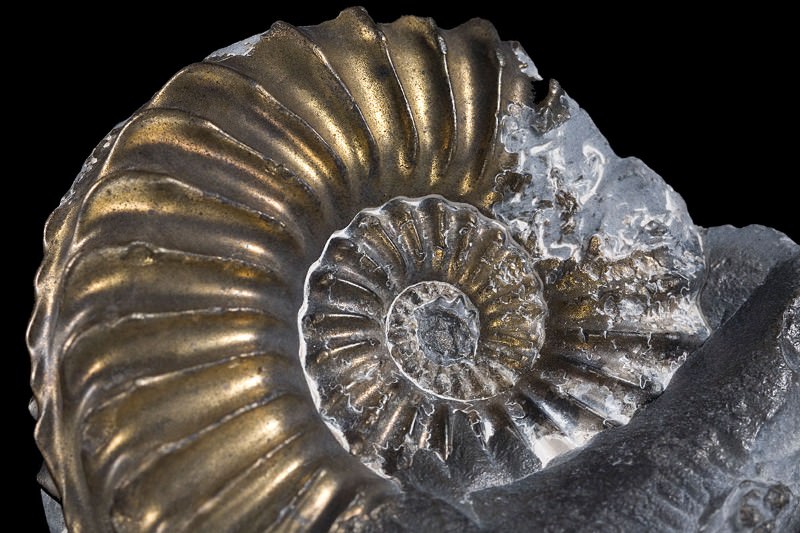New Scientist
4 November 2015

Image credit: Sheila Terry/SPL
Earth has been hit with five mass extinction events. The two most dramatic ones had pretty clear causes. The dinosaurs were probably wiped out 66 million years ago thanks to a massive meteor falling on modern-day Mexico, while the end-Permian extinction, which wiped out 90 per cent of species 252 million years ago, was probably the result of massive volcanoes in Siberia.
But that leaves three other mass extinctions, with no agreed cause.
“It’s a complex scenario,” says John Long from Flinders University in Adelaide, Australia. He says there are probably a lot of causes conspiring to drive these mass extinctions. But his latest work suggests fluctuations in essential minerals in the ocean could be an important, and so-far completely unexplored, cause.

No comments:
Post a Comment
Hello and thank you for visiting my blog. Please share your thoughts and leave a comment :)